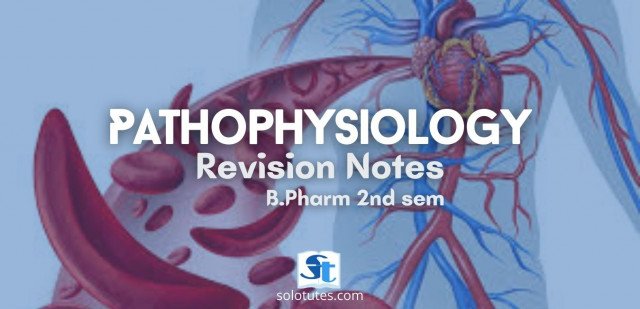Depending upon the defense capacity of the host and the duration of response, inflammation can be classified as acute or chronic.
1. Acute inflammation: Acute inflammation is of short duration represents the early body reaction and is usually followed by healing.
Examples of diseases, conditions, and situations which can result in acute inflammation include: Acute bronchitis, Sore throat from a cold or flu, A scratch/cut on the skin, Acute appendicitis, Acute dermatitis
2. Chronic inflammation: Chronic inflammation is of a longer duration and occurs either after the causative agents of acute inflammation persist for a long time or the stimulus that induces chronic inflammation from the beginning. The characteristic features of chronic inflammation are the presence of chronic inflammatory cells such as lymphocytes, plasma cells, and macrophages. Macrophages (phagocytic cells) are derived from monocytes, walls of blood vessels, and loose connective tissue. They interact with lymphocytes to facilitate antibody production.
BASIC MECHANISM INVOLVED IN THE PROCESS OF INFLAMMATION
Acute Inflammation:
The changes in acute inflammation can be conveniently described under the following two headings.
Vascular Events:
1. Alteration in the microvasculature (arterioles, capillaries, and venules) is the earliest response to tissue injury. These alterations include hemodynamic changes and changes in vascular permeability.
a. Haemodynamic changes: The earliest features of inflammatory response result from changes in the vascular flow and caliber of small blood vessels in the injured tissue.
b. Altered vascular permeability: In acute inflammation, a normally non-permeable endothelial layer of microvasculature becomes leaky. This is explained by one or more of the following mechanisms.
CellularEvents:
a. Exudation of leukocytes: The escape of leukocytes from the lumen of microvasculature to the interstitial tissue is the most important feature of inflammatory response.
b. Phagocytosis: It is defined as “the process of engulfment of solid particulate material by the cells”.
